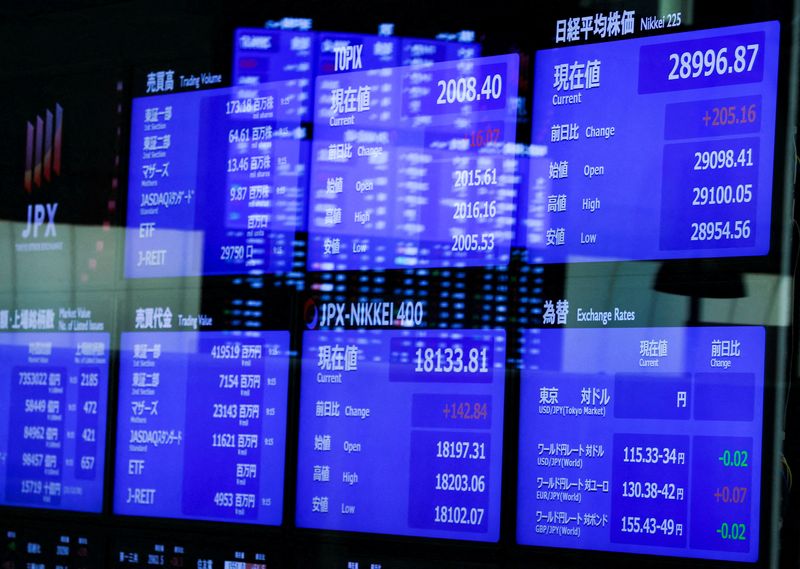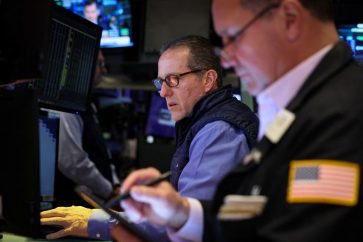On Tuesday, equity indexes increased while the dollar index declined as a result of data showing that U.S. inflation slowed in January but still increased faster than anticipated, increasing concerns about when the Federal Reserve can pause its tightening of monetary policy.
After the release of the report, MSCI’s all-country index spiked to a session high before falling precipitously and then rising once more after the opening of U.S. markets. The S&P 500 benchmark dipped significantly at the start of the day but quickly recovered.
After struggling to find direction after the report, U.S. Treasury yields soon increased and stayed above Monday’s closing levels.
The dollar index was also lower in volatile trading.
The consumer price index rose 6.4% over the period of the previous 12 months, which was quicker than the 6.2% experts had anticipated but still the weakest annual gain since late 2021.
According to data released on Tuesday by the Labor Department, consumer prices increased by 0.5% in January after increasing by 0.1% in December.
“Both the topline and the core were higher than expected, but both are still declining year over year, only less than expected. According to Peter Cardillo, chief market economist at Spartan Capital Securities, New York, “it still shows that total U.S. inflation is declining.
Although some investors had hoped the Fed would hold off on raising rates at its next meeting, the inflation reading implied otherwise.
“I don’t think the Fed will be affected by (this report), and I believe they are carefully examining the evidence, in my opinion. Does this indicate that there will be at least two more rate increases? Absolutely. “Based on the topline and core (CPI) year-over-year reduction, I predict another 25 basis point increase in March and another in May,” said Cardillo.
The Fed’s policy rate futures revealed bets that the American central bank will increase interest rates at least twice more. Contract pricing revealed that traders were significantly betting on a quarter-point rate increase in both March and May.
The Dow Jones Industrial Average rose 56.11 points, or 0.16%, to 34,302.04, the S&P 500 gained 18.22 points, or 0.44%, to 4,155.51 and the Nasdaq Composite added 89.25 points, or 0.75%, to 11,981.04.
The global stock market index MSCI increased by 0.58% and the pan-European STOXX 600 index increased by 0.60%. Stocks in emerging markets gained 0.28%.
The dollar index, which compares the value of the dollar to a basket of the most important currencies, declined 0.262%, while the euro increased by 0.39% to $1.0762.
At 132.50 per dollar, the Japanese yen declined 0.08% against the dollar, while the British pound was last trading at $1.2214, up 0.65% on the day.
In Treasuries, benchmark 10-year notes were up 0.7 basis points to 3.726%, from 3.719% late on Monday. The 30-year bond was last down 2.5 basis points to yield 3.7674%, from 3.792%. The two-year note was last up 5 basis points to yield 4.5836%, from 4.534%.
The U.S. government’s announcement to release more crude from its Strategic Petroleum Reserve caused the price of oil to drop, and it continued to decline after U.S. inflation statistics.
U.S. crude recently fell 1.17% to $79.20 per barrel and Brent was at $85.73, down 1.02% on the day.
Spot gold added 0.6% to $1,865.34 an ounce. U.S. gold futures fell 0.31% to $1,846.20 an ounce.
Reading More:




 By:
By:





